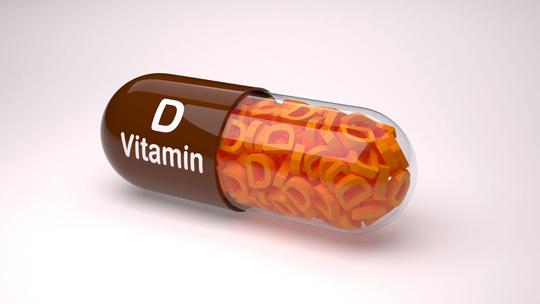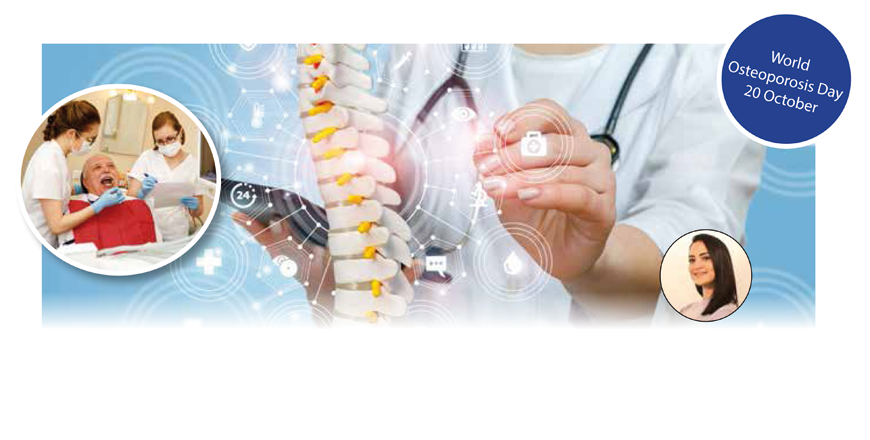You are here
Health specialists at odds over contribution of women's conservative clothes to osteoporosis risk
By Suzanna Goussous - Feb 11,2016 - Last updated at Feb 11,2016

AMMAN — Around 38 per cent of Jordanian women suffer from a vitamin D deficiency due to lack of direct exposure to sunlight, according to Dana Hiasat, an endocrinology specialist at a local healthcare centre.
A study of 1,079 women between the ages of 45 and 84, conducted by the National Centre for Diabetes, Endocrinology and Genetics between April 2013 and December 2014, found that the percentage of women in the study group with osteoporosis amounted to 37.5 per cent, she said.
“Osteoporosis is related to lacking exposure to sunlight and vitamin D. This weakens people’s bones,” the specialist told The Jordan Times in a recent interview.
However, even Jordanian women who do not wear the long, loose garment known as jilbab often do not get enough exposure to sunlight, since many women in the Kingdom work into the late hours of the afternoon, she said.
The specialist mentioned that women who have reached menopause (average age of 51) are more likely to develop osteoporosis.
Other factors that may cause osteoporosis include not exercising daily, getting no or small amounts of calcium, having diabetes, consuming too much caffeine, and having a delayed menstrual cycle, she added.
Osteoporosis "causes bones to become weak and brittle — so brittle that a fall or even mild stresses like bending over or coughing can cause a fracture," according to the Mayo Clinic website.
"Bone is living tissue that is constantly being broken down and replaced. Osteoporosis occurs when the creation of new bone doesn't keep up with the removal of old bone," it added.
Experts disagreed on whether the clothes worn by Jordanian women had an impact on the Kingdom’s rate of osteoporosis.
Said Abdelmajeed, president of the Jordanian Osteoporosis Prevention Society, noted that according to a study, the jilbab increases the risk of lacking vitamin D and developing osteoporosis.
“The jilbabs and veils in general increase the possibility of getting osteoporosis. Yet many women who are not veiled or do not wear jilbabs are also likely to get osteoporosis, since most women here tend to wear fairly conservative clothes,” he told The Jordan Times.
However, orthopaedic consultant and surgeon Mohammad Abu Ain disagreed, explaining that as soon as women reach menopause, their hormone change and some deficiencies occur in the levels of calcium and vitamin D in their bodies.
“In European countries, women also get osteoporosis, which contradicts these interpretations of studies conducted on Arab women only,” he said.
“Many recent studies show that the jilbab does not have an effect on women’s risk of developing osteoporosis,” Abu Ain added.
He noted that osteoporosis is more common among women than men, since for women the risk of getting the disease starts at the age of 50, while for men it is not likely until the age of 70, with the difference being “purely related to hormones”.
“It is also caused by not following a proper diet and staying indoors, either at the office or at home all day,” the surgeon said, adding that coffee and smoking are among other risk factors.
Abdelmajeed said the ratio of Jordanian women over the age of 50 with osteoporosis — around 23 per cent, according to the National Centre for Diabetes, Endocrinology and Genetics study — does not differ significantly from worldwide norms.
“The number is global and we don’t need to panic over it,” he noted.
The expert advised women to get at least 10 to 15 minutes of exposure to direct sunlight every day without a “barrier” such as glass.
“The best sunlight is during the day between 10am and 2pm.”
Related Articles
Vitamin D supplementation may not improve bone density or prevent fractures and falls in adults, a large new analysis suggests. After c
Infections are usually the main cause of bone loss in teeth; the infection can be in the nerve of the teeth, root,or in the gums. Some patients may suffer from gum infections for several months or years without knowing and if regular check-ups are not being done.This could lead to bone loss in the region of the infected tooth or set of teeth.
AMMAN — Jordan’s stability has entitled it to host the eighth Pan Arab Osteoporosis Society Congress, which will start on Wednesday, said th


















